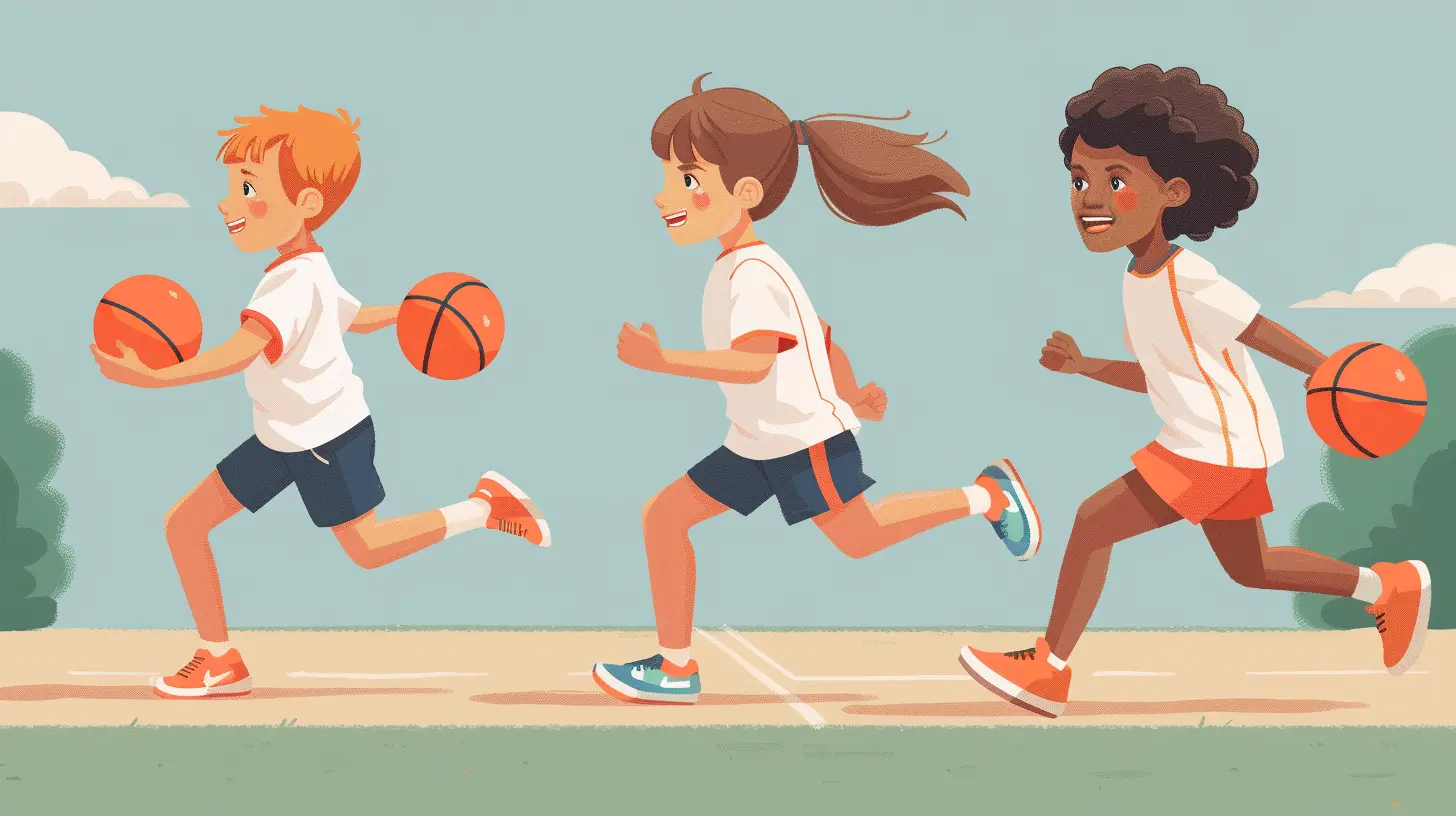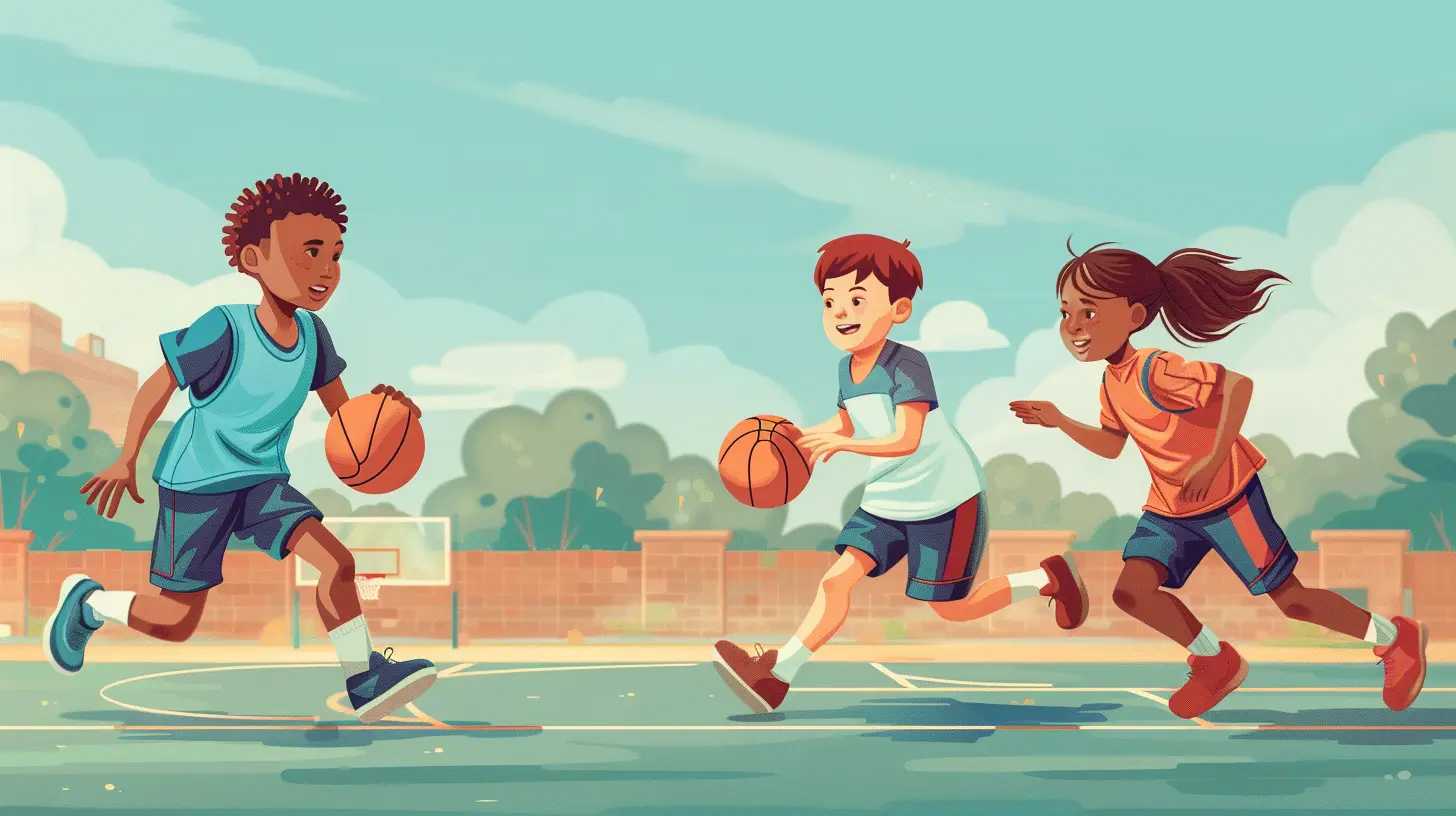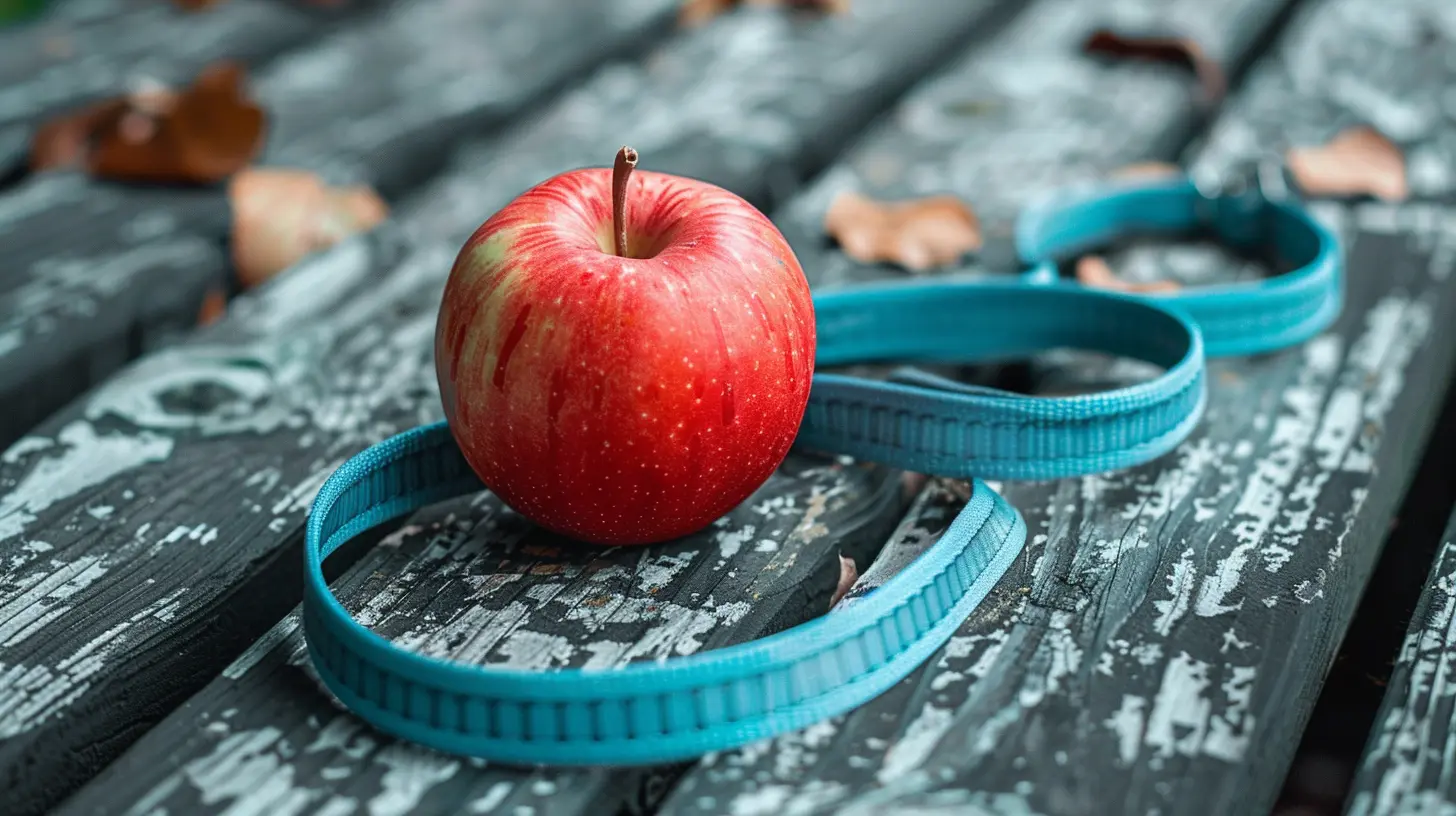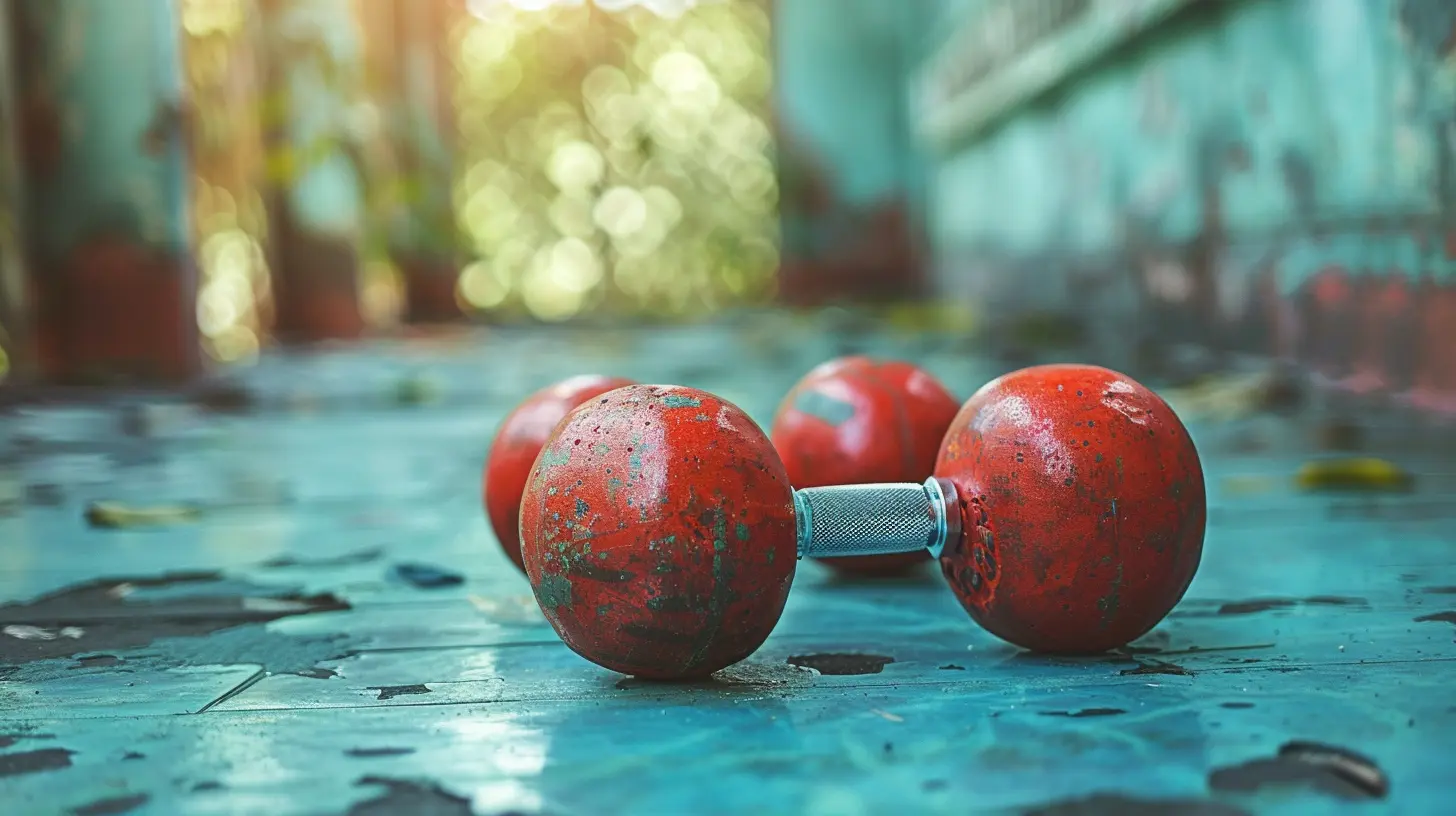The Role of Physical Education in Combating Childhood Obesity
17 July 2025
Childhood obesity—it’s a phrase we’ve heard a million times. But let’s sit with it for a moment. Not just as a buzzword, but as a social, emotional, and physical challenge that’s quietly impacting millions of kids around the world. It’s more than just a few extra pounds. It’s about self-esteem, future health risks, and an overall quality of life.
Now, here’s something interesting—you might not have given it much thought, but Physical Education (PE) in schools isn’t just a break from math or history; it might just be one of our best weapons in the fight against childhood obesity.
So, grab a seat and let’s take a deeper dive into this connection, peeling back the layers of how something as simple as gym class could be helping children dodge a lifetime of health issues. Intrigued? You should be.
What’s Really At Stake?
Let’s be clear—childhood obesity isn’t just about size. It’s about risk. Kids with obesity are more likely to face problems like type 2 diabetes, heart disease, joint issues, and even depression. And these health risks? They don’t wait until adulthood. Many start now.The scary part? Once unhealthy habits set in, they’re incredibly hard to break. Imagine planting a tiny seed of inactivity and poor nutrition at age 7—that seed can grow into a full-blown tree of health complications by age 30.
A Quick Glance at the Numbers
We’re not just talking about rare cases. According to the World Health Organization, the number of overweight or obese children aged 5–19 rose from just 4% in 1975 to over 18% in 2016. That’s more than four times in just four decades.Yikes.
Why Physical Education Deserves More Credit
PE often gets pushed to the backburner—tucked away like an optional subject, squeezed between academic priorities. But what if we told you that it plays a much bigger role, both mentally and physically?Let’s walk through how PE isn’t just about dodgeball and timed laps—it’s a potential life-changer.
1. Building Habits That Stick
Ever tried to adopt a new habit as an adult? Not easy, right?Now think about this—habits formed in childhood stick like glue. PE introduces kids to regular physical activity early in life, shaping their relationship with movement and fitness.
It’s like learning to brush your teeth when you’re young—once it becomes routine, you do it without thinking. That’s exactly what PE is doing for active lifestyles.
2. Burning Calories in Disguise
Kids don’t think of PE as “exercise” in the traditional, painful sense. It’s fun. It’s competitive. It’s social. But beneath the surface, they’re torching calories, building muscle, and improving cardiovascular health—all while kicking a ball or climbing ropes.That’s the magic of it—they’re getting fit without even realizing it.
3. Empowering Kids to Embrace Their Bodies
Obesity can be emotionally brutal. Kids struggling with their weight often face bullying, isolation, and poor self-image. PE helps level the playing field. It gives every child, regardless of body type, a chance to move, improve, and feel a sense of accomplishment.It’s not about being the fastest; it’s about showing up, improving, and feeling proud.
How PE Fights More Than Just Fat
Let’s bust a myth: PE isn’t just about physical health.Yep, you read that right.
Physical activity also boosts brain function, reduces stress, and improves attention spans. In fact, kids who are physically active tend to perform better in school. That’s not a coincidence—it’s science.
Think of it like oiling up a rusty machine. The brain, just like any tool, works better when it’s well-maintained—and movement is part of that maintenance.
The Mind-Body Connection
When kids move, their brains release endorphins—feel-good chemicals that reduce stress and anxiety. Ever heard of the “runner’s high”? Same idea, different shoes.For kids dealing with the emotional baggage of obesity, this release is a game-changer. It helps them cope, feel better, and build resilience.
The Classroom vs. The Playground: A Dangerous Imbalance
Let’s get real—today’s education system is heavily tilted toward academic achievement. There's nothing wrong with chasing grades, but when it comes at the cost of physical health, we’re gambling with our children's futures.Screen Time vs. Play Time
Between homework, streaming shows, video games, and TikTok, kids are now spending more hours than ever sitting still. We’re raising a generation that can type faster than they can run.PE is a critical counterbalance to all this sedentary living. Without it, the scales tip dangerously toward inactivity.
What Makes a Great PE Program?
Not all PE classes are created equal. Some are outdated, uninspiring, and honestly, a bit boring. But a well-designed PE program? That’s a whole different ball game.Here’s what it should include:
1. Inclusivity, Not Intensity
A great PE program includes everyone. Not just the athletic kids or the ones who live for sports. It finds ways to make movement fun and accessible for all fitness levels.Remember: the goal isn’t to create athletes; it’s to create movers.
2. Variety Is the Spice
Just like we don’t eat the same meal every day, kids shouldn’t be stuck doing the same activities. A great PE curriculum includes a mix of sports, dance, yoga, games, and even outdoor adventures. The more exposure, the better the chances something will stick.3. Education Through Exercise
PE isn’t just about moving—it should teach kids why movement matters. Nutrition, anatomy, health risks, and personal goal-setting should be part of the conversation.When kids understand the “why,” they’re more motivated to commit to the “how.”
What Parents and Schools Can Do
So, what can we do? How do we stop treating PE like a second-tier subject and start prioritizing it as a life-saving tool?Here’s how we all play a role:
Schools
- Protect PE Time – Stop cutting it for extra study hours.- Train Instructors – Invest in passionate, knowledgeable PE teachers.
- Integrate Health Education – Link physical activity with health science.
Parents
- Advocate – Talk to schools. Push for better PE programs.- Model Healthy Habits – Let kids see you moving and enjoying it.
- Limit Screen Time – Encourage outdoor play instead.
Challenges Standing in the Way
Let’s not sugarcoat it—it’s not always easy.Budget Cuts
Many schools face limited funding. When budgets get tight, PE often gets the axe.Lack of Space
Urban schools might not have the facilities for proper PE sessions.Low Priority
Even today, many view PE as “just playtime.” Changing this perception takes time and effort.A Glimpse Into the Future
Imagine a world where every kid wakes up excited to move, not because they have to, but because they want to.What if schools were fitness hubs? What if every child understood the link between their food, their body, and their mood?
What if gym class was as respected as science class?
It’s possible. We’ve just got to start treating Physical Education with the importance it deserves.
Final Thoughts: More Than Just a Class
Physical Education isn’t a luxury—it’s a necessity.It’s the first step in a lifelong journey toward health and well-being. It teaches kids to love movement, to understand their bodies, and to value their health. And in a world groaning under the weight of obesity, those lessons are priceless.
So the next time you hear a kid say, “I have gym today,” know that it’s not just a class. It’s a lifeline.
all images in this post were generated using AI tools
Category:
Physical EducationAuthor:

Monica O`Neal
Discussion
rate this article
2 comments
Cadence Sheppard
This article beautifully highlights the importance of physical education in tackling childhood obesity. It's refreshing to see how movement can transform not just health but also confidence in our kids. Let's get them moving and thriving!
November 16, 2025 at 12:37 PM

Monica O`Neal
Thank you for your kind words! I'm glad the article resonated with you and emphasized the vital role of physical education in promoting both health and confidence in children. Let's inspire more movement together!
Daria Pratt
Who knew running around could be a superhero move? 🦸♂️ Physical education isn’t just about dodging dodgeballs; it's a fun-filled adventure that helps kids kick obesity to the curb while building friendships and fitness! Let the games begin!
July 24, 2025 at 11:52 AM

Monica O`Neal
Absolutely! Physical education transforms exercise into an exciting adventure, promoting health, teamwork, and fun while tackling childhood obesity. Let's celebrate the power of play! 🏃♂️✨


